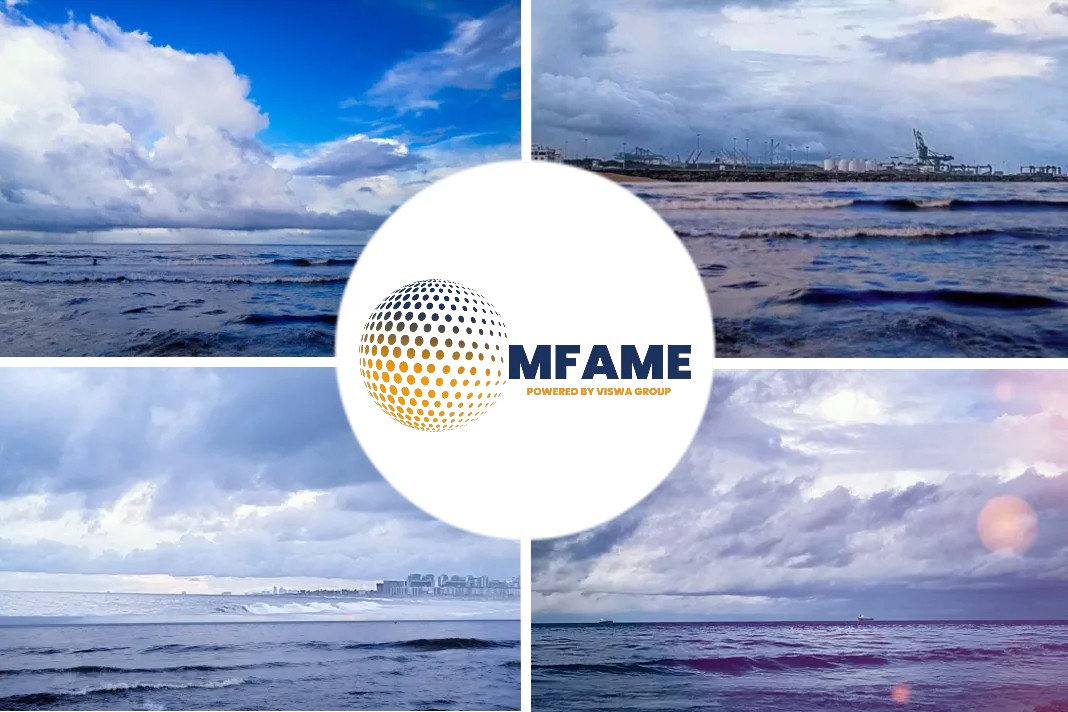India will witness the largest increase in energy demand in the world over the next 20 years, tanker brokers Gibson observed in a new report, with the potential for oil consumption to rise from 4m barrels per day currently to 8.7m barrels per day by 2040 according to the International Energy Agency.
The Indian government has asked domestic refiners to speed up the process of diversification of oil imports to gradually cut their dependence on the Middle East, something that is already being evidenced in the last couple of months.
The United States overtook Saudi Arabia as India’s second biggest oil supplier after Iraq last month.
Supply rate
Middle Eastern producers have historically supplied more than 60% of India’s crude oil needs. This has dropped to 56% in Q1 this year, according to Poten & Partners, a figure that will set to get lower in the coming years.
INDIA WILL WITNESS THE LARGEST INCREASE IN ENERGY DEMAND IN THE WORLD OVER THE NEXT 20 YEARS
In the first quarter of 2021, India imported more crude oil from the Atlantic Americas, primarily from the US Gulf, raising their share from an average of 15% to more than 20%.
“Even a small change in preferences away from the Middle East towards longer-haul suppliers such as the US, Brazil or Guyana can have a disproportionate impact on the tanker markets because of the ton-mile effect,” Poten observed in its latest weekly report.
Switching to VLCC’s
Middle Eastern producers only represented 16% of India’s ton-mile demand this quarter, according to Poten, whereas Americas Atlantic generate more than triple the tonne-mile demand.
“The combination of rising demand and refining capacity indicate growing trade flows to the country both short, medium and long term, meanwhile a drive by the government to diversify imports will only further
boost tonne miles,” rival tanker broker Gibson predicted.
These longer distances will also likely travel on bigger ships.
“The switch in imports from short and medium haul suppliers to more long-haul producers will likely also mean that Indian refiners will gradually switch to using more VLCCs and less aframax and suezmax tankers, especially since the Indian prime minister recently announced a long-term plan to invest $82bn in port infrastructure,” Poten pointed out.

















